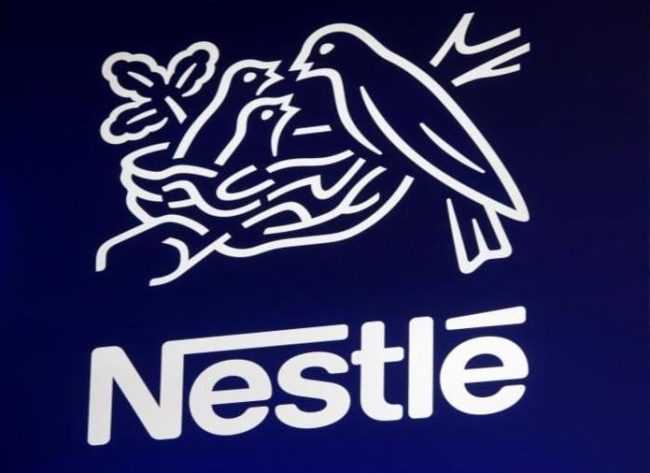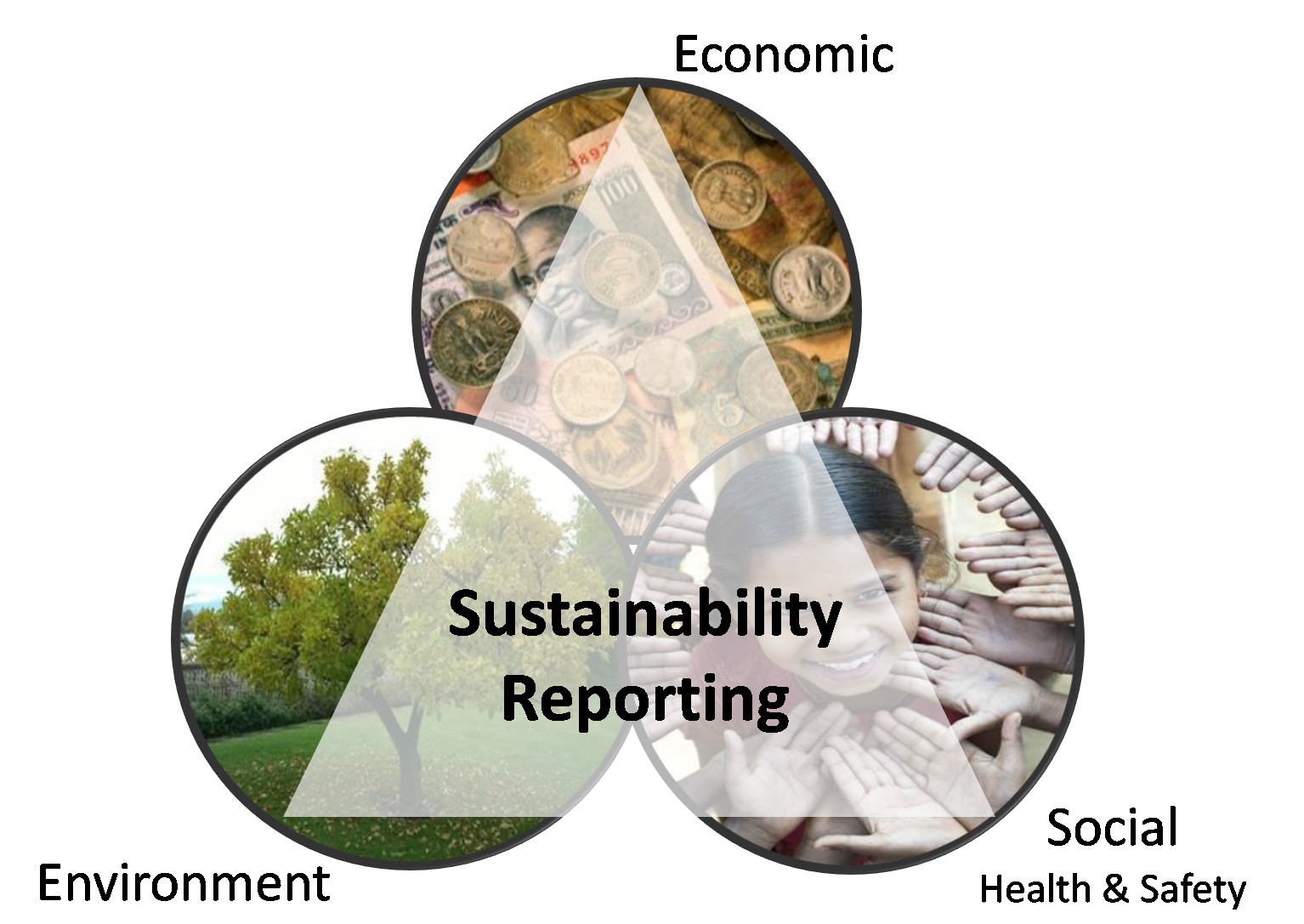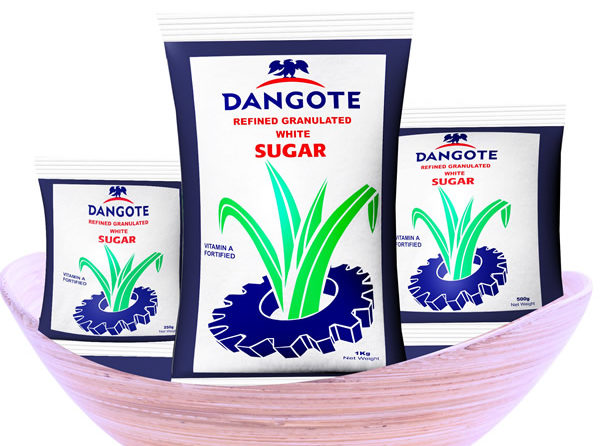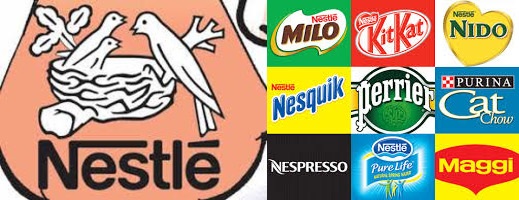World nutrition provider, Nestle, continues in her global efforts of enhancing quality of life and contributing to a healthier future. These efforts are testaments embodied in the 2019 sustainability report of Nestle. In the 58-page divided into three main sections (for individuals and families; for our communities; for the planet), Nestle provides public accountability of her efforts in creating shared values while also stating her commitments towards more value creation in 2020. In brief, the Nestle sustainability report 2019 provides shareholders and stakeholders in general with a summary of the company’s performance against her commitments. In line with international best practice, the report also features an independent assurance report by Bureau Veritas UK Ltd. Nestle sustainability report 2019 was produced in compliance with several reporting frameworks including the Global Reporting Initiative (GRI), UN Global Compact 10 and the UN Guiding Principles Reporting Framework.
Creating Shared Value (CSV)
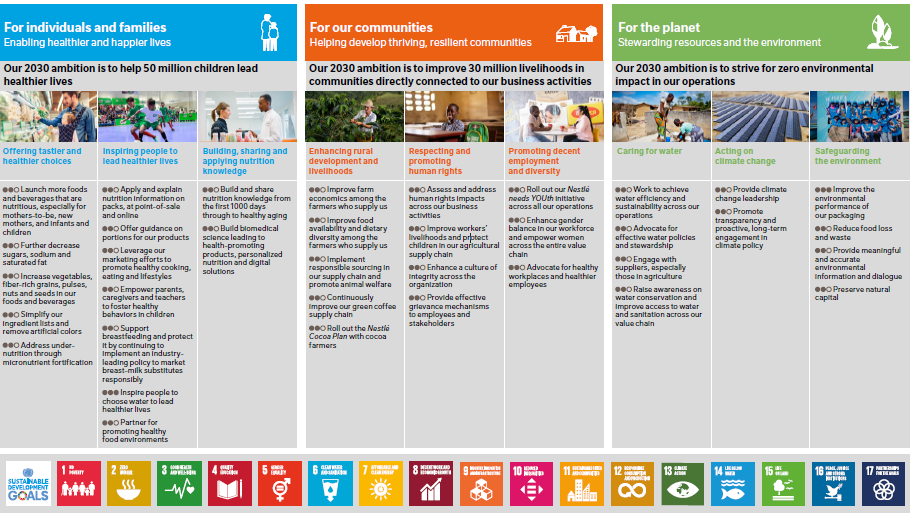 In their joint message to stakeholders, accompanying the report, Nestle CEO (Mark Schneider) and the Chairman (Paul Bulcke) attest, “Creating Shared Value (CSV) lies at the very heart of how we do business at Nestlé…. our approach is built on the conviction that business can be a force for good, by simultaneously creating value for shareholders and for society at large. This report provides a detailed overview of how Nestlé is making a difference across our three impact areas – individuals and families, communities and the planet.”. Concluding, they submitted, “We look back on the work achieved over the last decade with pride; looking ahead, we remain as committed as ever to Creating Shared Value in 2020 and beyond”.
In their joint message to stakeholders, accompanying the report, Nestle CEO (Mark Schneider) and the Chairman (Paul Bulcke) attest, “Creating Shared Value (CSV) lies at the very heart of how we do business at Nestlé…. our approach is built on the conviction that business can be a force for good, by simultaneously creating value for shareholders and for society at large. This report provides a detailed overview of how Nestlé is making a difference across our three impact areas – individuals and families, communities and the planet.”. Concluding, they submitted, “We look back on the work achieved over the last decade with pride; looking ahead, we remain as committed as ever to Creating Shared Value in 2020 and beyond”.
CSV – For Individuals and Families
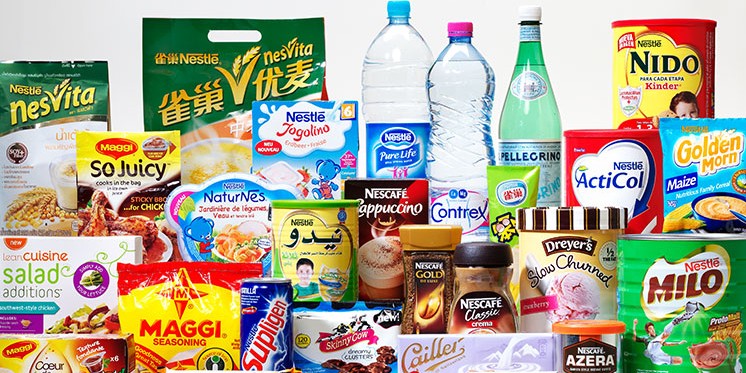 Poor nutrition ranks among the growing public health challenges. According to WHO, an estimated 149 million children under 5 stunted and 49 million wasted, and a further 40 million overweight. Nestlé is continuously developing product portfolios to offer consumers more affordable, nutritious and natural options and services to support a healthier, more sustainable lifestyle and an enhanced quality of life. By this initiative about 27.2 million children were reached through Nestlé for Healthier Kids in 2019. Going forward, Nestlé hopes to support 50 million children lead healthier lives each year. To realize this goal, Nestle pursues three strategies: offering tastier and healthier choices (offering healthier versions of existing products by reducing sugars, sodium and fat and increasing whole grains, vegetables and micronutrients); inspiring people to lead healthier lives (designing a range of projects and campaigns aimed at supporting parents and caregivers with the information they need to build healthy habits for their families); building, sharing and applying nutrition knowledge. These strategies align with SDGs 2, 3, 5, 10, 12 and 17. Looking ahead, in both developed and developing countries, Nestle remains determined in her commitment to design and launch foods and beverages that address the daily nutritional needs and key nutritional gaps of infants, children up to age 12, new mothers and mothers-to-be.
Poor nutrition ranks among the growing public health challenges. According to WHO, an estimated 149 million children under 5 stunted and 49 million wasted, and a further 40 million overweight. Nestlé is continuously developing product portfolios to offer consumers more affordable, nutritious and natural options and services to support a healthier, more sustainable lifestyle and an enhanced quality of life. By this initiative about 27.2 million children were reached through Nestlé for Healthier Kids in 2019. Going forward, Nestlé hopes to support 50 million children lead healthier lives each year. To realize this goal, Nestle pursues three strategies: offering tastier and healthier choices (offering healthier versions of existing products by reducing sugars, sodium and fat and increasing whole grains, vegetables and micronutrients); inspiring people to lead healthier lives (designing a range of projects and campaigns aimed at supporting parents and caregivers with the information they need to build healthy habits for their families); building, sharing and applying nutrition knowledge. These strategies align with SDGs 2, 3, 5, 10, 12 and 17. Looking ahead, in both developed and developing countries, Nestle remains determined in her commitment to design and launch foods and beverages that address the daily nutritional needs and key nutritional gaps of infants, children up to age 12, new mothers and mothers-to-be.
CSV – For Communities
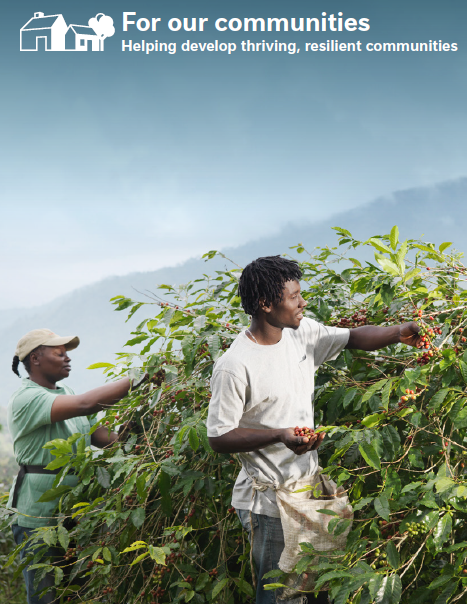
Nestle is committed to securing long-term supply chain to safeguard the future of her business and her local communities. In doing this, Nestle work with farmers and suppliers across the world to develop thriving, resilient communities and sustainable agricultural techniques. At Nestle, creating shared value for communities is anchored on three key areas: enhancing rural development and livelihoods; respecting and promoting human rights; promoting decent employment and diversity. In response to the COVID -19 pandemic, Nestle is working very closely with physicians to develop new tailored COVID-19 medical nutrition and supplement treatment protocols. The company has also donated to food banks, food delivery organizations and relief organizations such as the Red Cross and Red Crescent, to support people in need.
 Under the company’s global youth initiative, Nestlé needs YOUth, over 900 000 young people were enabled to access economic opportunities in 2019, even as the company commits to a long term strategy to improve 30 million livelihoods by 2030 in communities directly connected to her business activities. Through her Farmer Connect program, the company works directly with more than 550 000 farmers in a bid to improve farm economics and ensure viable agriculture. In 2020, Nescafé plans to improve the quality, quantity and sustainability of its coffee supply chain by distributing 220 million coffee plantlets; create 20 000 to 25 000 job opportunities for people under 30 years of age every year and provide 45 000 to 50 000 apprenticeship and traineeship opportunities.
Under the company’s global youth initiative, Nestlé needs YOUth, over 900 000 young people were enabled to access economic opportunities in 2019, even as the company commits to a long term strategy to improve 30 million livelihoods by 2030 in communities directly connected to her business activities. Through her Farmer Connect program, the company works directly with more than 550 000 farmers in a bid to improve farm economics and ensure viable agriculture. In 2020, Nescafé plans to improve the quality, quantity and sustainability of its coffee supply chain by distributing 220 million coffee plantlets; create 20 000 to 25 000 job opportunities for people under 30 years of age every year and provide 45 000 to 50 000 apprenticeship and traineeship opportunities.
CSV – For the Planet
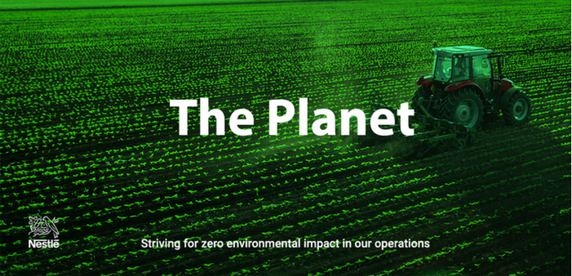
As part of her Corporate Social Responsibility of ensuring that society lives within planetary boundaries, Nestle is committed to protecting biodiversity and natural resources while encouraging others to act responsibly in order reduce environmental impact in business operations. Leading by example, the company continues to use responsibly sourced ingredients and renewable resources, operate more efficiently, eliminate waste and manage water responsibly. Caring for water, acting on climate change, Safeguarding the environment; these feature among the broader environmental ambitions and impact areas for Nestle.
A third of Nestle factories (189) now use 100% renewable electricity; saved 3.5 million m3 of water through 371 water-saving projects at her factories; achieved 34% reduction in overall Scope 1 and 2 emissions; 87% of packaging was recyclable or reusable; 76% deforestation-free in agricultural raw materials sourcing; 2030 ambition is to strive for zero environmental impact in business operations.
Download the full report here: https://bit.ly/2REoz7p
About Nestlé
 The history of Nestle began in 19th century when German-born Pharmacist, Henri Nestlé, developed a breakthrough infant food in 1867, ‘Farine Lactée’ (‘flour with milk’) in Vevey, Switzerland. ‘Farine Lactée’ combined cow’s milk, wheat flour and sugar to produce an infant formula for consumption by infants who cannot be breastfed, to tackle high mortality rates prevalent at that time. In 1875, Henri Nestlé sold his company and factory in Vevey to three local businessmen who employed chemists and skilled workers to help expand production and sales. The Nestlé company eventually merged with Anglo-Swiss Condensed Milk Company in 1905 to form what is now known as the Nestlé Group.
The history of Nestle began in 19th century when German-born Pharmacist, Henri Nestlé, developed a breakthrough infant food in 1867, ‘Farine Lactée’ (‘flour with milk’) in Vevey, Switzerland. ‘Farine Lactée’ combined cow’s milk, wheat flour and sugar to produce an infant formula for consumption by infants who cannot be breastfed, to tackle high mortality rates prevalent at that time. In 1875, Henri Nestlé sold his company and factory in Vevey to three local businessmen who employed chemists and skilled workers to help expand production and sales. The Nestlé company eventually merged with Anglo-Swiss Condensed Milk Company in 1905 to form what is now known as the Nestlé Group.
Today Henri’s modest entrepreneurial efforts stands as the world’s largest food business producing Baby foods, Bottled water, Cereals, Chocolate & confectionery, Coffee, Culinary, chilled & frozen food, Dairy, Drinks, Food service, Healthcare nutrition, Ice cream, Petcare and Recipes. With about 447 factories, Nestlé operates in 189 countries and employs over 339,000 staff globally.

The CSR Arena is a CSR advocacy and sustainability-reporting-analysis champion. We encourage and celebrate effective CSR and positive social impact by responsible corporate citizens; we celebrate international best practices in sustainability reporting across different economic divides. Our goal is to realize the dream of development scholars that, ‘corporates, more than governments, would bring about the much needed sustainable development across the globe. We partner with FBOs, NGOs, CBOs, governments and corporates to spread the message of sustainable development and corporate sustainability. Our platforms bear tales of good corporate citizenship – grab the microphone that you may be heard. Contact: news@thecsrarena.com
